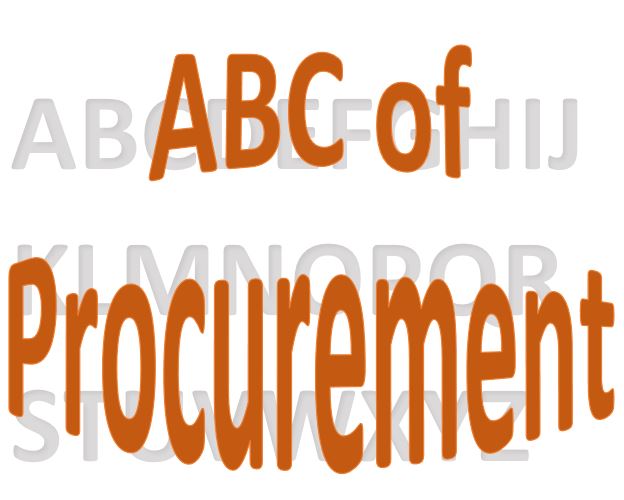Let’s start with an example:
You want to refurbish your office. The two main things you have to take care of are the materials required and manpower to do the job. Now, are you going to let the contractor arrange everything and charge you lumpsum for the complete job? Or you will get the material and he will charge you the manpower only?
Similarly, procurement has several options. The cost of the material can be fixed for the project. Or the parties can agree to have the cost calculated as the current market price plus an agreed margin. Also, parties can agree on the cost of the manhours for the whole project. An alternative would be to agree on an hourly rate, and then calculate the number of hours as they occur. The parties can as well agree to bear the manhours cost at the current used hours and market rate.
Confusing? Let us see the three main options:

Fixed price contract
Here the price for the complete project gets signed off in advance. It is the contractor’s responsibility to do a detailed estimation of the work. Once both parties agree on the total cost, no further changes are possible. This is a very secure way of doing the project for the buyer, as the cost is fixed before the project has started. Also, tendering a project if all data is available in advance is easy. Yet, it does come with some restrictions. Fixed cost contracts for new buildings are quite common, as the project starts from nothing. So professionals can estimate the total cost. But for any kind of refurbishments, they can become very complicated. Since every change needs verification and a contract addendum, this can delay the project. On the contractor side, they know total income in advance. Hence, they try to finish the project as fast as possible, sometimes “cutting corners”. There is a possibility of using cheaper materials to save cost, which needs to be monitored closely. For projects that may span over many years, the contractor is taking a great risk of material and labour cost change. To cover this risk, he may go with a significant profit margin.
Time and material contract
We use this type of contract if there are difficulties to estimate the consumption of material and time in advance. Getting quotations for this kind of project is very fast, as there is no need to do a detailed site survey. The specification, in this case, contains only the material specification. The parties agree to a fixed price of the material. But they do not contract the quantity. Similarly, they agree on an hourly or daily rate. As they are not able to estimate how much time it will take to finish the work, the total number of man-hours is not in the contract. On top of this, the contractor adds a profit margin, agreed by both parties. During the project, the contractor provides reports stating how much material and man-hours they used during the project. In this type of contract, both parties have a similar level of risk. The buyer does not know how much will be the total cost for the project, and will not know it until the project end. The contractor may use excessive materials or labour to increase the project value. On the contractor’s side, if the labour or material rates go up above his profit rate, he may finish the project at a loss.
Cost-plus contract
In this case, almost all risk sits with the buyer. The contractor provides bills for the material and man-hours used for the project, adding his profit margin. The buyer does not have the total project cost in advance and bears all risk of material price and labour cost changes. The reason to use these contracts is flexibility. It is very easy to change the project scope even when the project is already in progress. This is helpful in refurbishment projects, where we do not know what needs to be fixed until the works start. Maybe some ducting can be reused, while a wall that looked good needs to be re-built. The next risk for the buyer is cost inflation. The contractor does not care about material and man-hours cost, and will not advise against unnecessary works. The buyer must have a team that can go into details of the project and check whether the cost invoiced is realistic. Also, the buyer must check the material specifications and assure that this is the proper material, as the contractor will propose more expensive materials. Since his profit is a percentage of the total bill, increasing material cost increases the contractors total profit on the project.
These are the main contract types. It depends on the information available in advance and the needed flexibility which contract you shall use. Once the contract starts, it is very difficult to change it. Be aware of the risks involved and make sure they are mitigated before the tender and contract.

